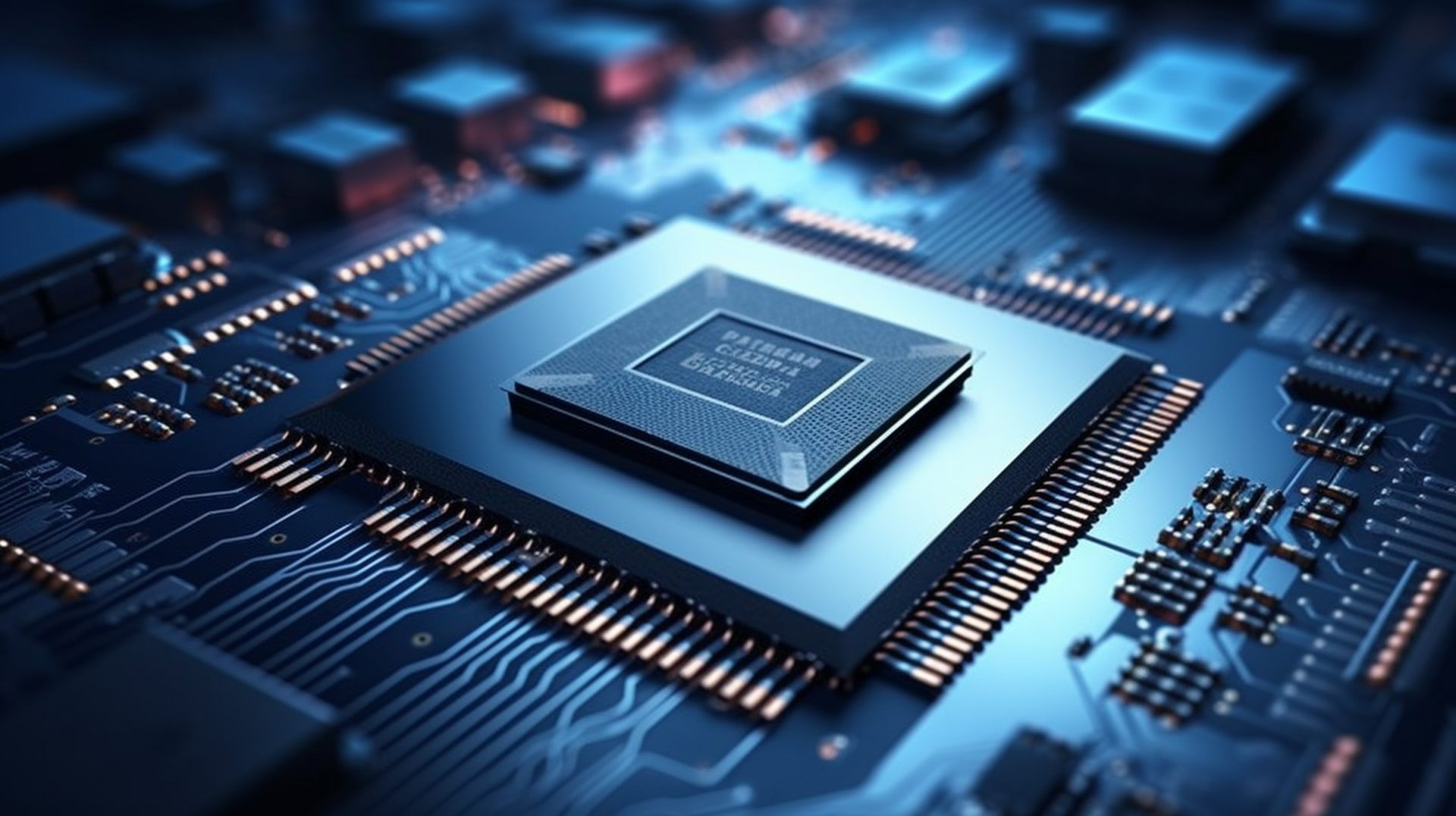Samsung Electronics Co. has pledged to continue reducing memory chip production while anticipating a rebound in sales in the second half of the year, driven by the rising demand for Artificial Intelligence (AI).
IN SUMMARY:
- Samsung expects generative AI to drive a “rapid increase in demand” for high-performance memory able to process large amounts of data.
- The company will continue to trim memory chip production in the second half of the year, as it navigates macroeconomic uncertainties.
- Samsung is also expanding its foundry business and developing automotive memory chips.
- The company’s smartphone business is facing challenges, but it is introducing new products to try to win back customers.
- Samsung is also working on a mixed-reality device and building an ecosystem to support content development in this nascent market.
Samsung’s strategy is rooted in the belief that AI will significantly boost memory demand before the year’s end. The company plans to double its capacity to produce high-bandwidth memory (HBM), a next-generation technology used to train AI, by 2024. This commitment to developing new technology has been well-received by investors, leading to a 2.7% increase in its shares in Seoul.
The focus now shifts to the competition between Samsung and SK Hynix Inc., the world’s two largest memory chipmakers. Both companies aim to develop tools vital to AI, capitalizing on a boom that’s emerged since OpenAI’s ChatGPT captivated investors and consumers last fall. Until AI demand kicks in, both companies plan to weather the current economic uncertainty by reducing the output of NAND chips used in PCs and phones to prevent sliding prices.
Despite the promising outlook, Samsung has expressed caution due to macroeconomic uncertainties. The company has refrained from providing a bit shipment guidance for the full year. A tepid post-Covid recovery in China is affecting demand for logic chips, and Samsung’s net income fell 86% to 1.55 trillion won ($1.2 billion) in the quarter ended in June.
The Race for AI Dominance: Samsung vs SK Hynix
Rival SK Hynix Inc., which already supplies HBM chips to Nvidia Corp., will likely be the bigger beneficiary of any demand for chips to help develop and train generative AI platforms, analysts said. On Wednesday, SK Hynix reported sales ahead of estimates and declared that AI will soon ignite the long-awaited rebound. Its shares jumped more than 9.7%.
Samsung is now trying to catch up on two fronts: it seeks to win more orders for AI-supporting chips while it also expands its foundry business, where it trails Taiwan Semiconductor Manufacturing Co. Of Samsung’s entire quarterly capex of 14.5 trillion won, more than 90% was spent on chips, it said.
Samsung’s results come after TSMC cut its outlook last week and postponed production at its Arizona project to 2025 — a warning signal that underscores the extent of the uncertainty roiling the global chip arena.
Investors are looking to the tech industry’s largest companies for hints on when demand for electronics and semiconductors will bounce back — a challenging task given the uneven global outlook, soaring inflation and China’s post-Covid turbulence.
In particular, Samsung is a barometer for a $160 billion memory industry that built capacity too rapidly during better times and is now grappling with bulging inventories. Its output cuts represent a significant step for a company that in the past continued production through industry downturns.
Another potential long-term growth driver are Samsung’s automotive memory chips, which the company expects to grow more than 30% on average for the next five years.
Samsung’s Future: AI, Automotive Memory Chips, and Foldable Smartphones
Looking ahead, Samsung expects generative AI to drive a “rapid increase in demand” for high-performance memory capable of processing large amounts of data. Another potential growth driver is Samsung’s automotive memory chips, which the company expects to grow more than 30% on average for the next five years.
In addition to semiconductors, Samsung’s smartphone business, the world’s largest, is fighting to attract customers. The company introduced the fifth generation of its foldable smartphones, seeking to counter upcoming rival products from Apple Inc. Samsung is also studying a lower-cost option to win market share in the increasingly popular foldable phone category.
Executives also said the company is working on a mixed-reality device and will build an ecosystem to support content development in the nascent arena that now includes Apple’s Vision Pro headset.




